Saying that it is not to lose weight in March, in May and August August, it finally came to the girl wearing a short skirt, show long legs, the boy shows his stature, exposed the muscles of the summer, and many small partners also lose weight successfully, hoping that in such a beautiful In the season, leaving the most fashionable and beautiful in the mobile phone.
But the question is, how many photos and videos that travels and parties have taken can be efficiently shared with the friends of the photo group. WeChat? Does your family go to party or travel with mobile WIFI? Then use traffic, do not wave, some remote places do not even have 2G signal; Then use Bluetooth pairing to send it? Don’t make fun of it. The last time I used it was in the era of functional machines at the end of the last century. It was too slow and too troublesome...
Good trouble, how can we quickly share our photos with our friends?
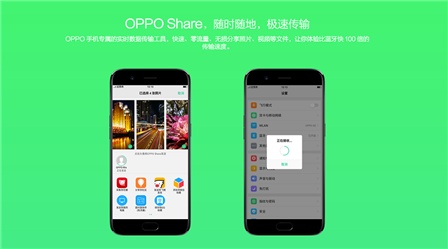
OPPO Share interface
Today, Xiaobian teaches everyone a new technique. If you use an OPPO phone, no matter how many devices with the same brand of equipment to send files, you can not damage the seconds, it is 100 times faster than Bluetooth, an average of 1 second can transfer 6-7 3MB size photos, and without Flow oh. Whether the young buddies are shocked or not, this is an overbearing function. Light listening has already been conquered.
In fact, this is a new convenience feature on the OPPO ColorOS 3.1 system - OPPO Share.
The types of files sent by OPPO Share support are very wide. Apart from the pictures, videos, music, and text we use everyday, we can also send contacts, documents, archives, installation packages, web sites, etc. It seems that sending a colleague's document or zip file to a mobile phone in the future can avoid the worry that the progress bar will not move in a strange place due to a bad network.
OPPO Share's transfer method is very simple, it only takes a few steps, you can easily get:
Step 1: The OPPO mobile phone is pulled up and pops up the control center at the bottom of the screen. Click the yellow button to open the OPPO Share function.
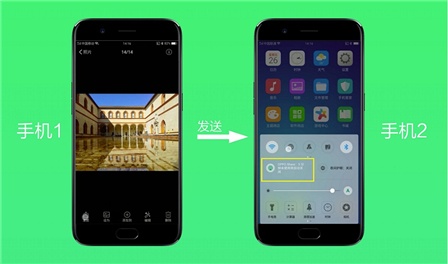
Open OPPO Share
Step 2: We use the sending picture as an example to open the album, select a picture that needs to be sent, and then click on the avatar that needs to be sent on the sending interface and transmit it instantly.
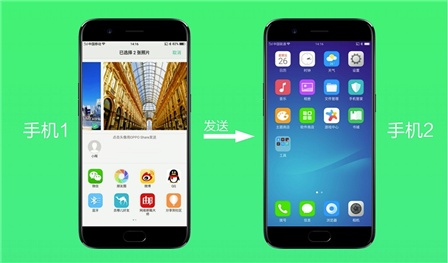
send pictures
Step 3: The other OPPO phone clicks to receive and successfully receives the picture in less than one second.
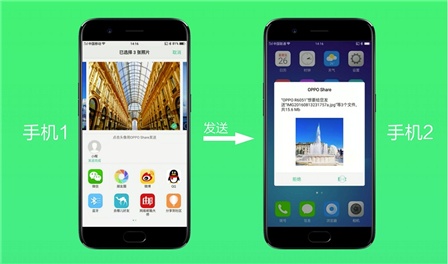
Receive picture
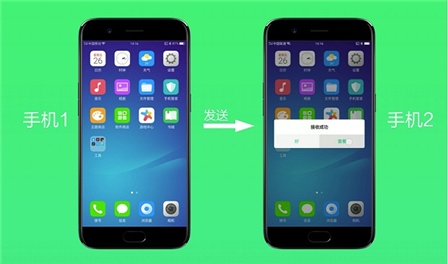
Received successfully
After receiving the photos, photos are directly in the mobile phone album. Is it convenient? Compared with the traditional transmission method, regardless of file size, using OPPO Share to transfer files will not consume the traffic, no networking, and the sending speed is amazing, saving time and money and efficient, it is too intimate.
Did the cool OPPO Share feature buddies learn it? Pick up your OPPO phone and go and give it to your buddy!
(Press Release 2017-06-20)
epon olt sfp module,gpon 8port olt,4port epon olt,gpon olt with edfa,olt sfp module
Shenzhen Runtop Technology Co.LTD , https://www.runtoptech.com